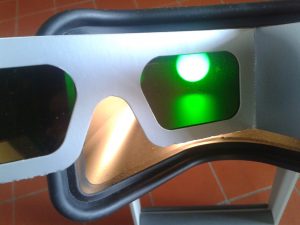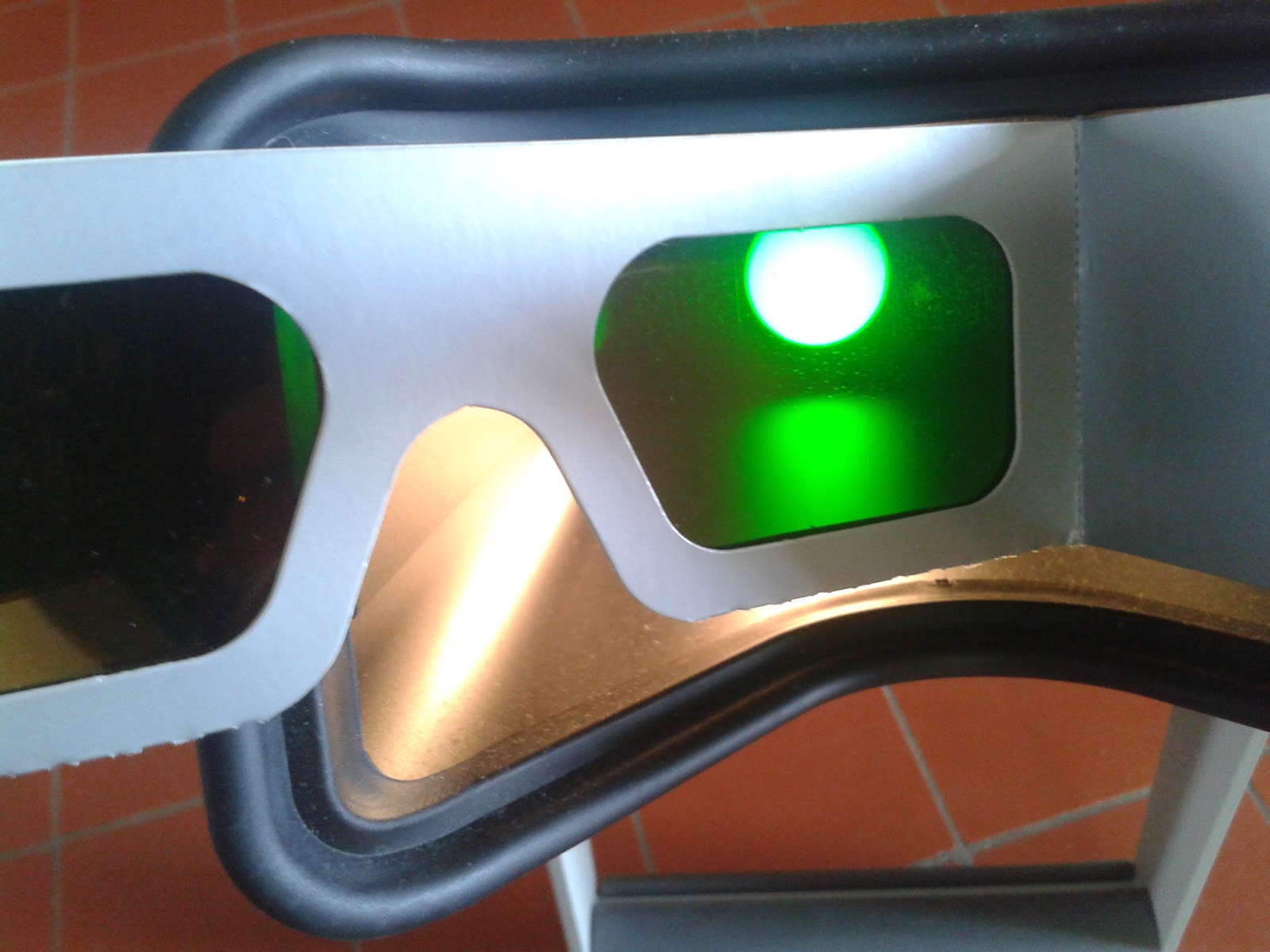
Photo-synotonic light therapy consists of the patient wearing colored filter goggles. While a treatment plan varies from patient to patient, typically a patient wears the goggles for approximately 10 minutes or less. This treatment is repeated through a number of therapy sessions. The number of sessions and the color of the filter of the goggles are all based on the individual patient’s vision problem. For example, a patient whose eyes turn in would most likely view a different color than a patient whose eyes turn out. Photo-syntonic light therapy is often used in conjunction with our other vision activities.
How does it work?
When light enters the eye, it not only creates images, but also travels throughout the brain, reaching the pineal gland and the hypothalamus. These parts of the brain are responsible for the body’s hormones and chemical balances, which affect one’s vision. Studies have found that applying light to these regions can stimulate the brain, and help restore the body’s nervous system, which can help improve one’s vision problems. This state of “restored balance in the body” is known as syntony, hence the name syntonics. The light therapy utilizes a variety of colors on the spectrum. For example, colors such as orange, yellow, and red are used to stimulate the sympathetic nervous system (SNS). And, high frequency colors, such as blue and violet are used to stimulate the parasympathetic nervous system (PNS). Our SNS is responsible for controlling the “fight or flight” response, and when our body feels threatened, our pupils become dilated. While our PNS controls our homeostasis state, making our pupils constrict.
Prior to his or her photo-syntonic light therapy, we will perform multiple vision tests to determine the most successful syntonic treatment. These tests include pupil reaction tests and functional vision field tests. Based on the findings of these tests, our team of vision specialists chooses which color to show the patient based on his or her visual condition. Red and orange is often used to treat lazy eyes, and green or yellow is used to treat eyes that are turned inward. The blue spectrum can help improve a patient’s focus while reading or doing near work. How? The light can help decrease an individual’s excess adrenaline, reducing anxiety and distress and helping them remain calm and focused.
Photo-syntonic light therapy has been found extremely successful in treating patients with the following conditions: amblyopia, strabismus, visual attention deficit, vision-related behavioral and learning problems, convergence issues, traumatic brain injury, etc. Patients typically receive up to 30 sessions of light therapy, and some receive it over the course of one month while others receive it over the course of two or more months depending on the severity of their condition.
If you or your child suffers from a vision condition, contact us at 618-288-1489 as soon as possible to schedule a complete visual consultation. In a lot of cases, our patients do not even realize how much their vision condition impacts their everyday life. We can help get your vision back on track, so that you can live your healthiest, happiest life!
